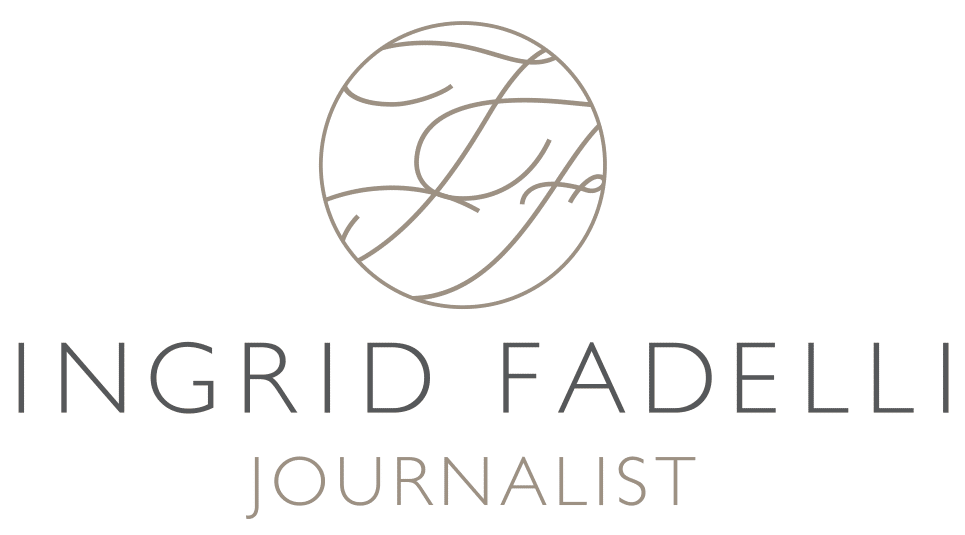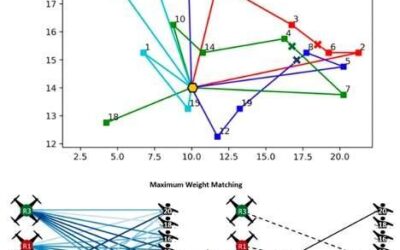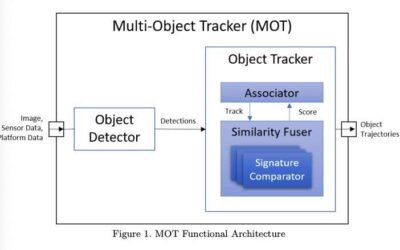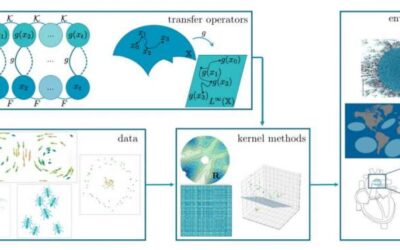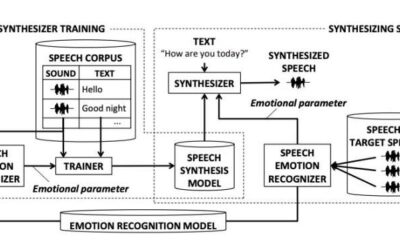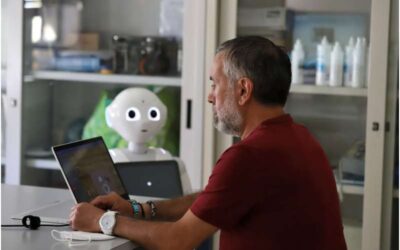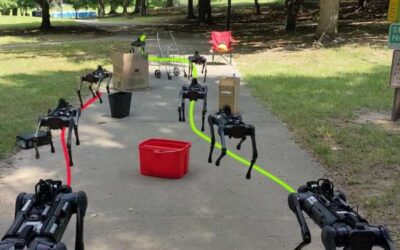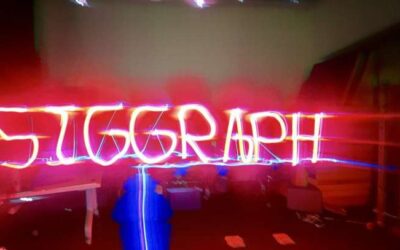Last year, the Max Planck Institute for Intelligent Systems organized the Real Robot Challenge, a competition that challenged academic labs to come up with solutions to the problem of repositioning and reorienting a cube using a low-cost robotic hand. The teams...
Robotics
An online method to allocate tasks to robots on a team during natural disaster scenarios
Teams of robots could help users to complete numerous tasks more rapidly and efficiently, as well as keeping human agents out of harm's way during hazardous operations. In recent years, some studies have particularly explored the potential of robot swarms in assisting...
A new model to enable multi-object tracking in unmanned aerial systems
To efficiently navigate their surrounding environments and complete missions, unmanned aerial systems (UASs) should be able to detect multiple objects in their surroundings and track their movements over time. So far, however, enabling multi-object tracking in...
How environmental features can enhance robot awareness
In recent years, roboticists have created a variety of systems that could eventually operate in real-world environments. As most real-world settings, particularly public spaces, are dynamic and unpredictable, to efficiently navigate these environments robots should be...
A new model to synthesize emotional speech for companion robots
Over the past few decades, roboticists have designed a variety of robots to assist humans. These include robots that could assist the elderly and serve as companions to improve their wellbeing and quality of life.
Study explores how a robot’s inner speech affects a human user’s trust
Trust is a very important aspect of human-robot interactions, as it could play a crucial role in the widespread implementation of robots in real-world settings. Nonetheless, trust is a considerably complex construct that can depend on psychological and environmental...
An autonomous forearm-supported walker to assist patients in nursing facilities
Over the past few decades, roboticists have developed systems for a variety of real-world settings, including healthcare facilities. Among their many possible uses in healthcare, robots could help to assist patients in nursing homes or hospitals; for instance,...
Baby Robot: A system that helps toddlers practice their motor skills
Researchers at Universitat Politecnica de Catalunya in Barcelona have recently developed Baby Robot, a robotic toy that could be used to enhance the motor skills of toddlers. This system, presented in a paper pre-published on arXiv, can interact with toddlers in ways...
Researchers develop a new robot that can efficiently navigate sidewalks in urban environments
To operate efficiently in urban environments, mobile robots and other autonomous systems should be able to move safely on sidewalks and avoid collisions with pedestrians or other obstacles. This is particularly true for delivery robots or systems that are specifically...
DronePaint: A human-swarm interaction system for environment exploration and artistic painting
Researchers at Skolkovo Institute of Science and Technology (Skoltech) in Russia have recently developed an innovative system for human-swarm interactions that allows users to directly control the movements of a team of drones in complex environments. This system,...
